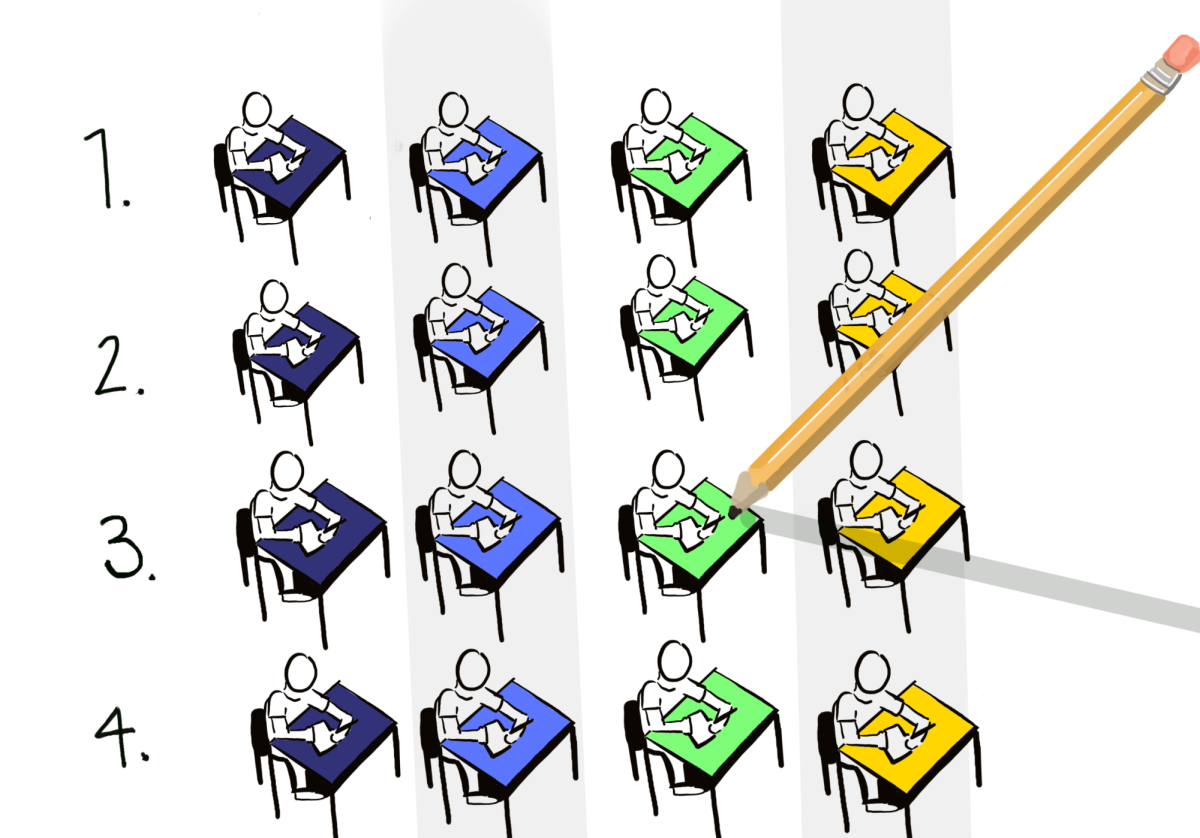Considering how Texas residents pay as much as $5,369 for tuition per semester. the University stretches students for their money. However, the school isn’t the only one to blame.
State investment in higher education has declined since the 1980s, and as a result, the burden of tuition is falling more and more on individual students and their families. A decrease in state revenue due to the recession of 2008 accelerated tuition increases even further.
In addition to falling tax revenues, tuition increases can be attributed to competition amongst universities. Colleges attempt to attract top talents in different areas such as professors, presidents and athletic coaches, and colleges also push for up-to-date technology in infrastructure and libraries. All of these factors skyrocket the costs students have to pay, according to American studies associate professor Julia Mickenberg.
“I definitely think states and the federal government should invest more in higher education because the public payback is huge,” Mickenberg said. “Especially in a state like Texas, UT is a huge asset for the state economically, yet the legislature keeps pulling back funding.”
The factors contributing to higher tuition add a privatized characteristic to public universities. In a counterproductive way, colleges strive for the best in academics and athletics and, in doing so, drive up costs that lock out qualified students from lower economic backgrounds. Even with scholarships and financial aid, the cost of attendance may still be too steep.
Mathematics freshman Pooja Bhula currently struggles to pay for tuition. Prior to attending the University, Bhula’s family experienced financial difficulties, and federal student aid did not completely lift the heavy strain.
“I may have chosen another school that offered a lower tuition cost, or I would have had to take out loans that my family really could not afford,” Bhula said.
Earlier this month, the UT Board of Regents approved a two percent increase in tuition for the 2016-2017 academic year, and this increase will lead to about a $100 increase per semester. Although this amount may seem small, these increments accumulate over time. Since 2005, tuition has risen over $1,200 for the average student.
Ultimately, state governments need to contribute more to higher education. Rising tuition costs present a problem that can’t be solved overnight, and institutions of education shouldn’t procrastinate on fixing the problem. Tuition hikes should be seen as a last resort, and UT needs to seek alternative plans without compromising too much from any side.
Chan is a journalism freshman from Sugar Land. You can follow him on Twitter @BenroyChan.





















